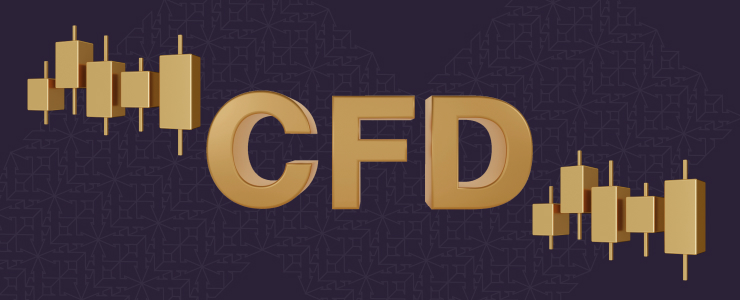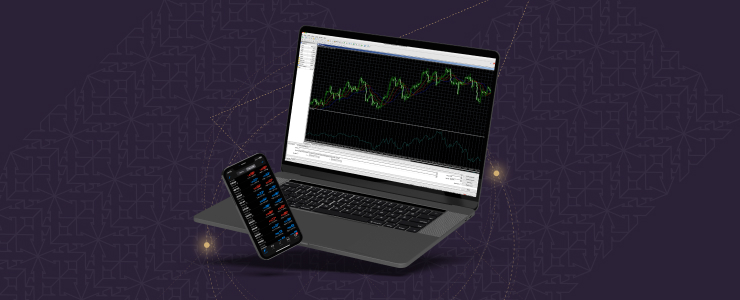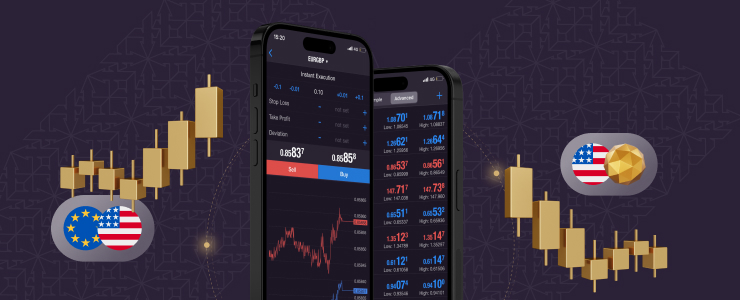In recent years, CFD trading has become more popular because of its flexibility, leverage, and the ability to trade on both rising and falling markets. But can it be successful? The answer to this depends on some important factors, such as trading knowledge, risk management and strategy. In this article, you’ll learn everything you need to know about trading CFDs successfully.
What does CFD trading involve?
CFD trading involves speculating on the price movements of different financial assets, such as forex, stocks, commodities, and indices, without actually owning the asset. Because CFDs are leveraged products, traders can control larger positions with a small deposit, known as margin. It’s important to keep in mind that while leverage can increase potential profits, it can also increase losses.
Important strategies & tips for successful CFD trading
Let’s take a look at some important things you should think about if you want to trade CFDs successfully.
Market knowledge and education
Compared to traditional trading, CFD trading is much riskier. CFDs provide higher leverage, but there are drawbacks like price gaps, overnight charges, wider spreads, and frequent margin calls. To succeed, traders need to learn about the financial instruments they plan to trade. Therefore, education and research are essential for making informed decisions. This includes researching markets, analysing price charts, and understanding important economic indicators. To support learning, traders should look for reliable sources like videos, webinars, articles, e-books, and expert guides. Let’s not forget that it’s also important to become familiar with CFD trading and analysis tools. Trying different trading strategies will also help them to find the one that best suits their trading objectives and risk tolerance.
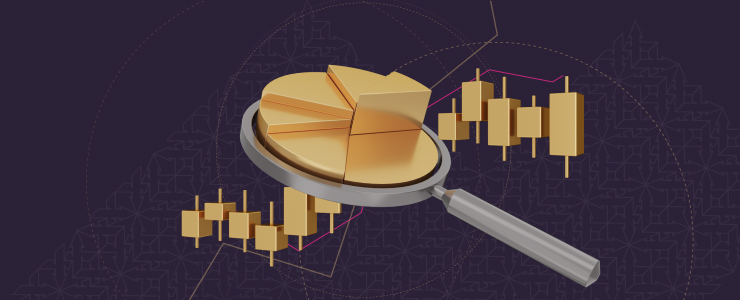
Developing a trading plan
Developing a well-structured trading plan is an important part of successful trading as it will help traders stay focused throughout their trading. A good trading plan should include trading goals, risk tolerance, and strategies and the aim is to help traders stay disciplined. Here are some important elements to keep in mind when creating a trading plan:
- Motivation for trading
- Time commitment
- Trading goals
- Risk tolerance
- Available capital
- Risk management strategies
- Markets to trade
- Trading strategies
- Record keeping
Practicing trading on a demo account
Most brokers provide demo accounts so that traders can practise CFD trading without having to risk real money. A demo account simulates a real trading environment, so traders can practise different strategies using virtual funds and make necessary adjustments. By using a demo account, traders can gain practical experience with the trading platform, so they know what to expect when they switch to live trading. In addition, traders can check their risk tolerance on a demo account to help them avoid large losses when they move to live trading.
Risk only what you can afford to lose
Before starting CFD trading, traders should make sure they are trading with money that they can afford to lose and understand that there are risks with each trade. As already mentioned, starting with a demo account is a safe way to learn the trading platform and experiment with different trading strategies and techniques without risking real money. For beginners, a demo account is a great way to practise trading with virtual funds before risking their own money, providing them with valuable experience before committing real funds.
Managing risk effectively
Because of the risks of CFD trading, effective risk management should be a top priority for traders. This includes:
Evaluating potential losses before entering a trade: This helps traders in making well-informed decisions that fit with their goals and risk tolerance.
Setting stop-loss and take-profit orders: If the market moves in an unfavourable direction, stop-loss orders can help limit losses. Similarly, take-profit orders can be used to lock in profits and exit a trade before it moves in the opposite direction. Another strategy to limit losses is to use trailing stops which set the stop price at a fixed amount below the market price with an attached “trailing” amount.
Emotional discipline
In CFD trading, emotional trading behaviour, such as panic selling or overtrading, often leads to losses. Trading can be very stressful and often triggers a range of emotions like fear, overconfidence, and greed. These emotions have the potential to cloud judgment and cause impulsive and irrational decisions. Regardless of market swings or emotional highs and lows, successful traders stay disciplined by sticking to their trading plan.
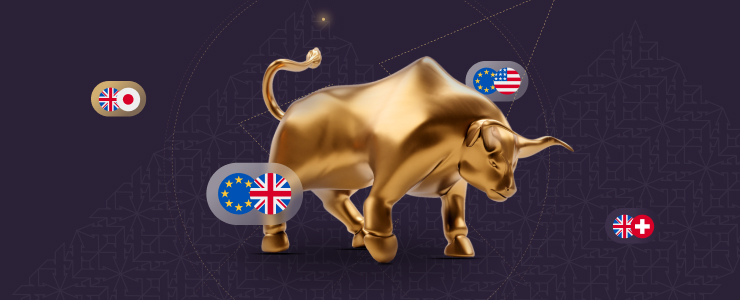
How much can you earn from CFD trading?
The size of a trading account largely determines how much you can earn from CFD trading. In general, investing more capital leads to larger trade sizes and potentially higher returns. On average, successful traders can expect a return of about 10% on their investment. However, many new traders often go through a learning curve, so this figure can change depending on experience and other factors. It’s important to pay attention to the account balance rather than just the initial deposit. For instance, an experienced trader with $5,000 in their account can expect to make approximately $500 per month. Whether this amount is enough to live on depends on factors like cost of living as well as their personal financial needs.
The fact that traders can begin with as little as $100 is one of the main features of CFDs. But it’s important to have realistic expectations. It’s crucial to understand that while CFDs have the potential to increase your wealth, they also come with a number of risks and challenges. Successful CFD trading needs a realistic approach, careful planning, and effective risk management.
Conclusion
So, going back to the question of whether you can become successful with trading CFDs. Yes, there is the potential to succeed with CFDs, but it takes an effective trading plan, continuous education and a broker who is interested in your success. There is no guarantee of success in trading, it just doesn’t exist and anyone promising this isn’t telling the truth. It’s best to approach CFD trading carefully, educate yourself, practise your skills and strategies on a demo trading account, and then move to a live trading environment once you have gained confidence, skills, and knowledge. Never commit more money than you can afford and be careful when using leverage. Make sure you use effective risk management techniques to protect your money and most importantly, stay focused.

Trade CFDs with Xlence
Choosing the right broker is crucial for successful CFD trading, because it will help you avoid costly mistakes and ensure that you get the support you need for consistent profits. Even if you are a confident and experienced trader, you should always expect some loss because the market is volatile and risky. While profits are never guaranteed, calculated risks can lead to rewarding opportunities.
If you’d like to learn more about CFD trading with a global broker, open a demo account with Xlence to practise your trading skills. As a top broker, Xlence provides a wide range of educational resources, more than 300 trading instruments, dedicated customer support, advanced platforms, and more to help traders reach their trading goals more effectively. Take the time to do your own research, practise on a demo account and develop your skills so you can be ready to trade confidently.
Disclaimer:This information is not considered investment advice or an investment recommendation, but instead a marketing communication..
